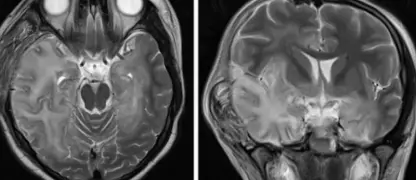Tick-Borne Encephalitis (TBE) is a serious viral infection spread by ticks. Learn about its symptoms, prevention, and treatment to protect yourself and your loved ones effectively.
What are the main causes of Tick-Borne Encephalitis (TBE)?
- TBE is primarily caused by infected ticks that transmit the virus during blood meals, especially in forested or grassy areas.
- Seasonal outdoor activities in endemic regions increase exposure to ticks carrying the TBE virus.
- Lack of vaccination in high-risk areas leaves individuals more vulnerable to contracting the infection.
Key symptoms of Tick-Borne Encephalitis (TBE) to watch for
- Early symptoms include fever, fatigue, headache, and muscle aches, which may appear within 7–14 days after a tick bite.
- Neurological complications such as neck stiffness, confusion, or sensitivity to light can develop in severe cases.
- Some patients may experience long-term effects like memory problems, balance difficulties, or persistent headaches.

>>>Refer to more: Understanding la crosse encephalitis symptoms and risk
How can you prevent Tick-Borne Encephalitis (TBE) effectively?
- Vaccination is the most effective method to prevent TBE, particularly for people living in or visiting endemic regions.
- Wearing protective clothing and using tick repellents reduces the chance of tick bites during outdoor activities.
- Conducting thorough tick checks on yourself, children, and pets after outdoor exposure helps prevent the virus from spreading.
>>>Refer to more: Venezuelan equine encephalitis symptoms to watch closely
Image description of Tick-Borne Encephalitis (TBE)
Tick-Borne Encephalitis (TBE) is a viral infection transmitted by ticks. It can cause mild flu-like symptoms or severe neurological complications, especially in unvaccinated individuals.
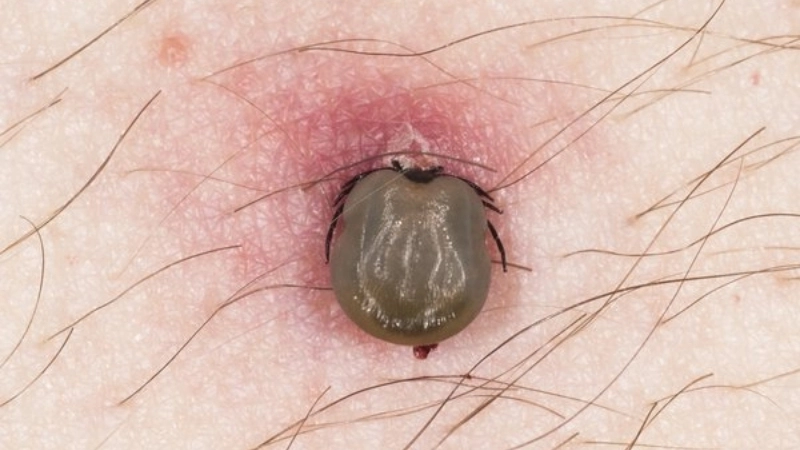



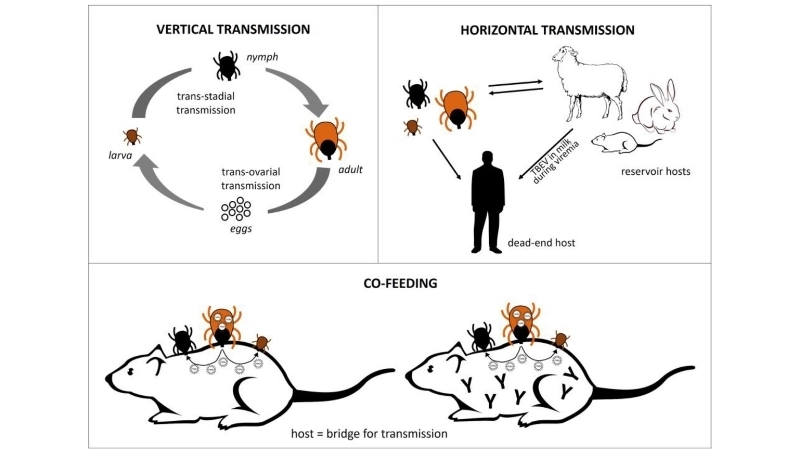

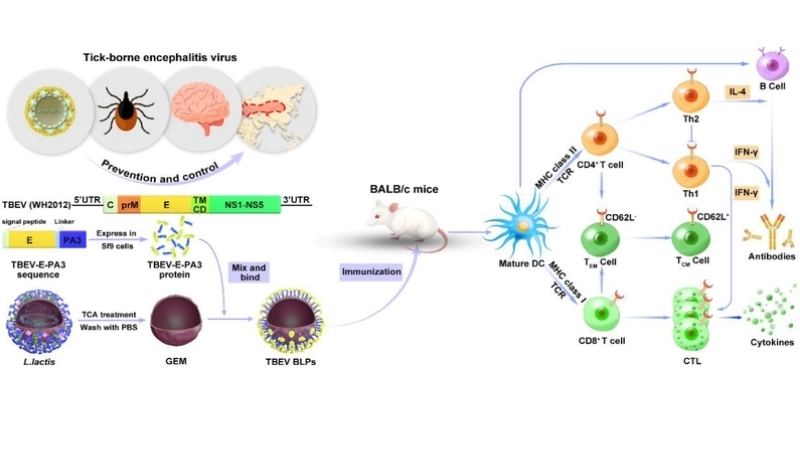
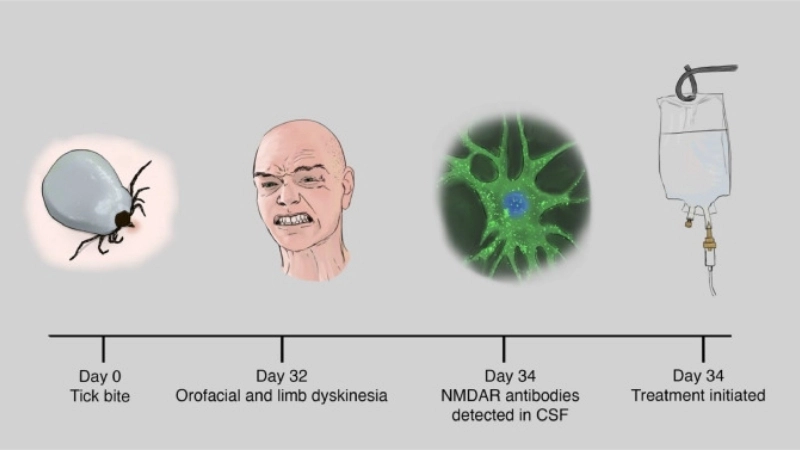
>>>Refer to more: Understanding western equine encephalitis risks today
Awareness and timely action are key to combating Tick-Borne Encephalitis (TBE). Follow preventive measures, recognize early signs, and seek medical care to stay safe.




